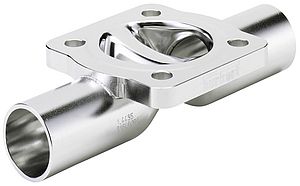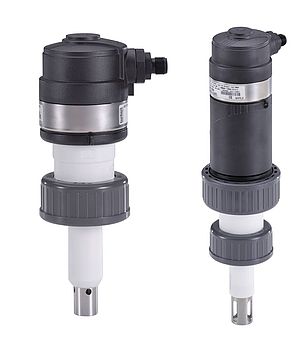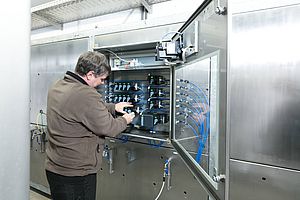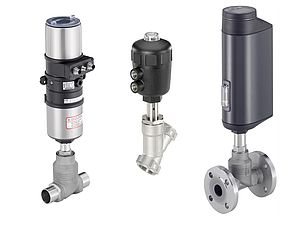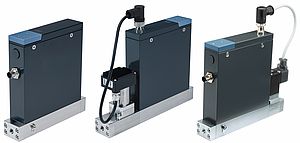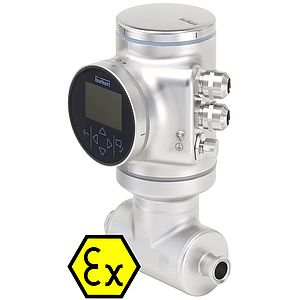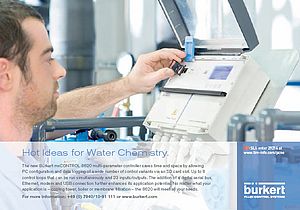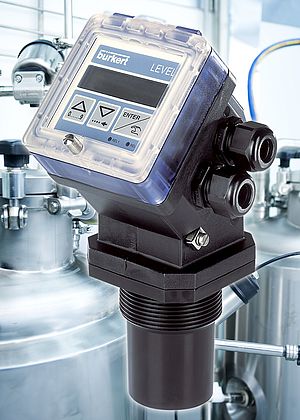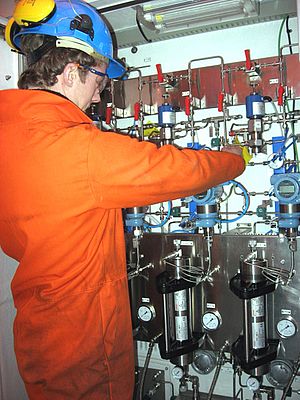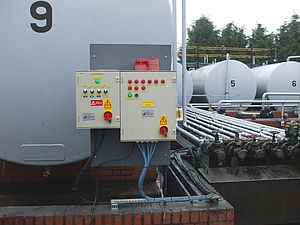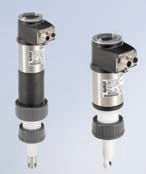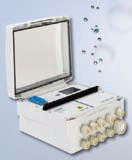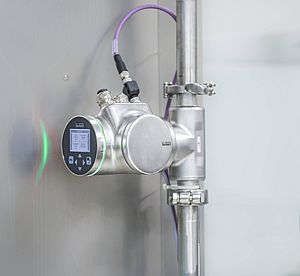Developed by the manufacturer, the UK’s first in-house hydrogen test kiln is used primarily in the production process of ceramics, pottery and bricks. Its key feature is that it can scale its operation with a fuel mix of 20% hydrogen or more. The test kiln has been developed to support businesses making the transition to the increased use of hydrogen.
Currently in the UK, kilns are primarily fired with natural gas, but the government is considering plans to blend the supply of gas in the network with 20% hydrogen. For brick and ceramic manufacturing, the type and concentration of gas impacts the curing process. The new kiln design is enabling manufacturers to test their production processes with a hydrogen blend and monitor the effects on the quality of their products, in advance of a government switch-over.
The new test kiln can currently control the gas mix up to around 40% hydrogen, though there is a plan for the potential use of 100% concentration. This scalability is enabling brick and ceramic producers to confirm operational performance before investing in hydrogen-fuelled, industrial-scale production lines.
Controlling the blend
A key challenge in the development of the new kiln has been the integration and control of the gas blend. High accuracy is required to ensure exacting regulation of the hydrogen concentration, to replicate large-scale, operational conditions. Control reliability also has to be repeatable for manufacturing processes lasting up to 24 hours or more.
A programmable logic controller (PLC) manages the kiln’s overall gas blend process, including temperature and pressure sensors. To design the control system specifically for the high accuracy-dependent hydrogen regulation, the manufacturer partnered with flow control specialist Bürkert. In order to ensure precise modulation, Bürkert integrated a Type 8742 mass flow controller (MFC) to manage the single channel flow of hydrogen.
The kiln requires a hydrogen flow rate of 22 m³ per hour at 3 bar, and the MFC offers a control span of a 50:1 turndown, enabling it to reduce flow down to 1/50th of the total level as required. Crucially, the MFC ensures a measuring accuracy deviation as low as ±0.3%, and repeatability down to just ±0.1%. This precision is enabling customers to test exacting hydrogen concentrations to optimise their processes.
Plug-and-play connectivity
The MFC connects to the kiln’s PLC master controller via a Bürkert ME43 gateway. The communications gateway converts the MFC’s CANopen signal to the Profinet protocol, enabling seamless communication between the devices. Ease of set up and reliable communications in integration of the hydrogen flow controller to the kiln’s main automation controller was vital.
As the hydrogen test kiln is regularly used with different brick and ceramic manufacturers, they each have their own control parameters. The ME43 enables plug-and-play connectivity to the master controller, providing the ability to make fast changes.
Since the Bürkert communications gateway converts the signal to the desired communications protocol, this removes the cost of additional licences required to extend integration to the PLC using same-vendor devices. This is particularly advantageous to enable scaling up of the technology in the future for use on industrial-sized kilns and furnaces. For full manufacturing production applications, the Bürkert communications gateway also enables remote connectivity and management of the production process.
Enabling hydrogen transition
The brick and ceramics manufacturers who have so far tested hydrogen use at 20% concentration have reported positive results, with no significant differences to the outcome compared to using 100% natural gas. The next stage is the widespread testing of concentrations up to 40% and beyond.
Economically, industry currently remains reliant on natural gas, but proliferation of hydrogen could eventually see price of this gas fall to parity, or even lower, than current gas prices. Importantly, expanded use of hydrogen could create a more sustainable outcome, particularly if green hydrogen, created from renewable sources, is increasingly used.






